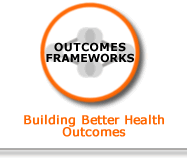Prices are understood to influence consumption choice [5]. Reducing the cost of healthier foods may increase the purchase of healthier foods. Healthier foods are perceived to generally to be more expensive, which can pose barriers [1]
-
Public policies can influence prices through taxation, subsidies or direct pricing in ways that encourage healthy eating and physical activity. [5] or
-
Price reducing interventions, e.g. lowering prices of healthy foods and drinks by retailers and caterers, providing discount coupons or vouchers, bonuses tied to the purchase of healthier foods [1]
Reach
Consumers
Related actions from Route Map action plan- energy consumption (1.1)
The Route Map encompasses a range of specific actions on energy consumption which are captured within the key themes of:
We are working with the food and drink industry to progress a series of innovative projects action across all of these key themes.”
[Note: This action is further expanded within the Route Map in relation to the following:]
Working with retailers to target all promotional activity on food and drink towards incentivising eating for a healthy weight, including price promotions, vouchers, in-store product placement, direct mail marketing and multiple buy offers such as 2 for 1s. This means
i. removing incentives for consumers to purchase high energy and energy dense food and drink, particularly incentives to buy these products in large quantities, e.g. bulk value pricing structures;
ii. introducing incentives for consumers to purchase lower energy and less energy dense food and drink options.
|



